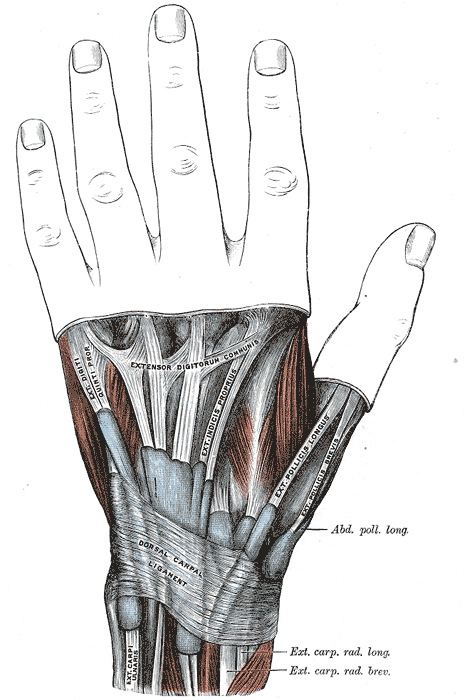

The four tendons then continue along the back of the hand and onto each finger. The band of tissue, or retinaculum, holds the tendons in place but allows them to slide up and down the arm. The tendons travel down the forearm through a tough band of tissue on top of the wrist. A common muscle belly is shared by all the fingers. At the level of the fingers, each tendon splits into 2 separate cords and then insert into the middle bone of the finger on either side of the flexor digitorum profundus tendon that runs farther down the finger.įinger Extensors Extensor digitorum communis (EDC) tendonsĮDC tendons straighten the index, middle, ring and small fingers. Just like the flexor digitorum profundus tendons, these tendons glide in sheaths along the fingers and the hand. They travel down the forearm and within the carpal tunnel. They are powered by a common muscle belly shared by all the fingers, which divides into 4 tendons.

Flexor digitorum superficialis (FDS) tendonsFDS tendons help bend the index, middle, ring, and small fingers at the middle finger joint. These tendons run closer to the bone compared to the rest of the flexors in the hand and fingers.

The four tendons glide in sheaths along the hand and fingers and insert into the fingertip bone. They run down the forearm and within the carpal tunnel. The muscle that moves these tendons is a common muscle belly shared by all the fingers. As the muscle contracts it pulls on the tendon and the tendon moves the bone to which it is attached as well as any joints it crosses.įinger Flexors Flexor digitorum profundus (FDP) tendonsįDP tendons help bend the index, middle, ring, and small fingers at the fingertip joint. Tendons are attached to muscles and to bone. They have blood vessels and cells to maintain tendon health and repair injured tendon. Tendons are fibrous cords, similar to a rope, and are made of collagen.


 0 kommentar(er)
0 kommentar(er)
